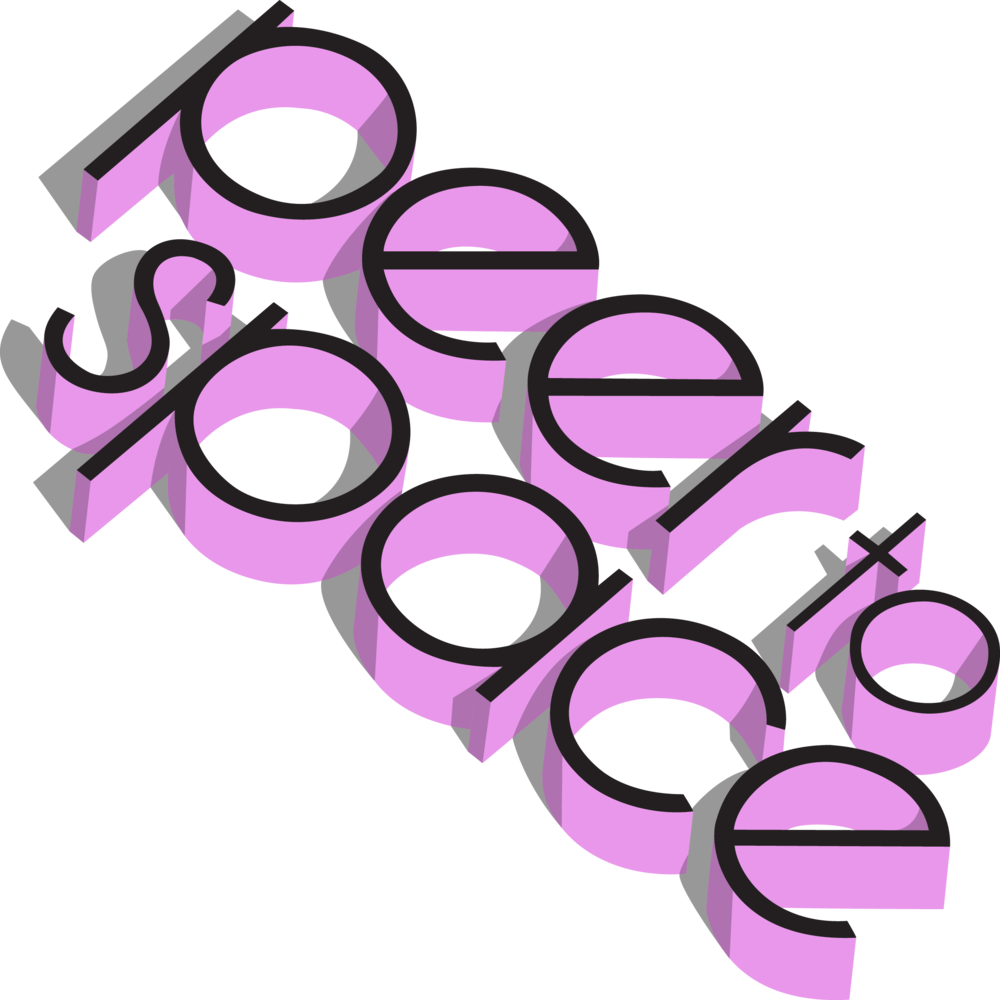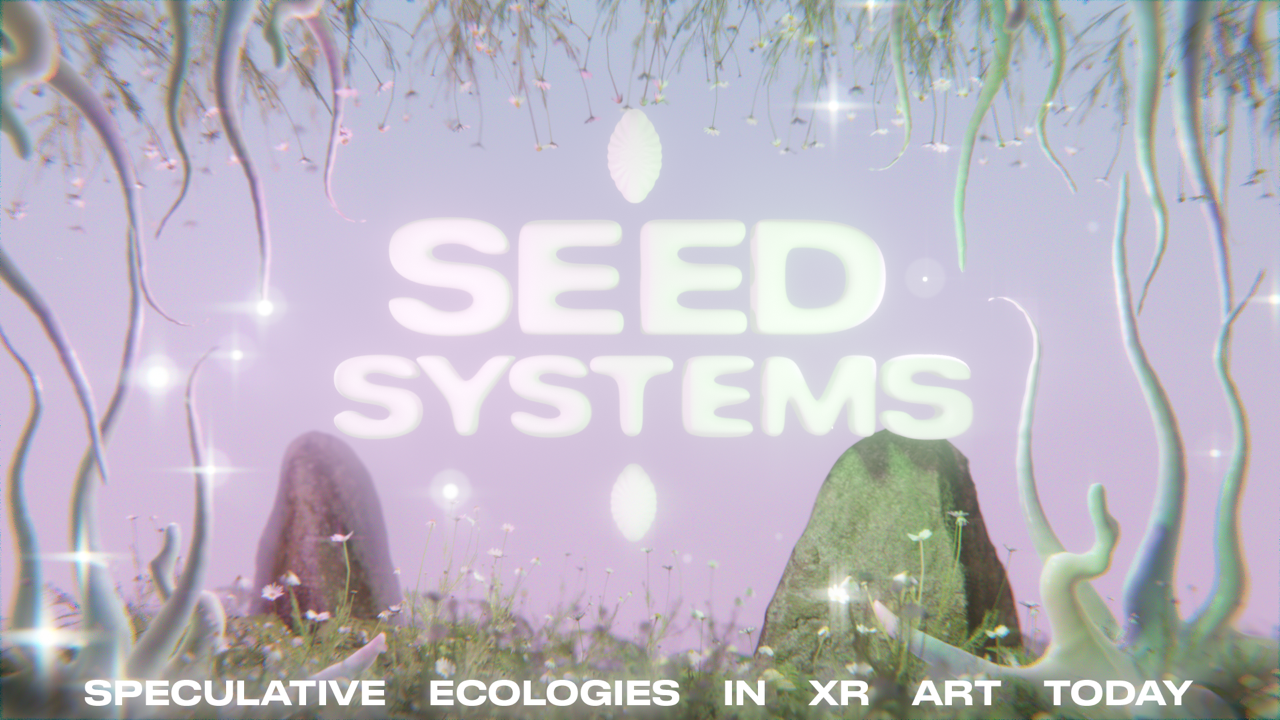SEED SYSTEMS
Speculative Ecologies in XR Art Today
Initiated by STYLY
Curated by Miriam Arbus (Sky Fine Foods) and Peggy Schoenegge (peer to space)
Artists: Alison Bennett (AUS) | Nicholas Delap (UK) | Matthew D. Gantt (US) | Mohsen Hazrati (IRN/DE) | Nadine Kolodziey (DE) | Lauren Moffatt (AUS/DE)
In cooperation with SOMA Berlin and Radiance
At: SOMA 300 Berlin, Eylauer Strasse 9, 10965 Berlin (DE) and online via STYLY
Duration: September 10 - 30, 2022
Opening: September 9, 2022, 6 - 10 pm
Closing event: September 30, 2022, 12-6 pm
Accompanying Event Schedule tba on Instagram >>> Follow @stylyglobal @peertospace @skyfinefoods @radiance_vr
In the age of the extractivist Anthropocene, nature is dominated by human impact. We built capitalistic structures by extracting and selling natural resources for our own benefit. The dramatic increase in CO2 emissions since the Industrial Revolution and the devastating effects of human activities on the global environment have profoundly changed the Earth system. Escalating climate disasters like wildfires, floodings or frost call for a change in overall behavior. The resulting environmental precarity underlines the need for new, innovative visions for the future.
Following the idea of neo-ecologies, virtual technologies provoke new states of being, illustrating concepts for our future. Reformulating approaches to environmental questions, interactive Expanded Realities (XR) immerse us into speculative ecosystems. Divergent futures emerge as a digital garden, where growth is as inevitable as decay. The tensions of human impact are deeply rooted within the exploration of possibilities. In this discourse, humans’ inevitable depletion of resources is the critical object of consideration.
Grappling with these topics, the XR art exhibition Seed Systems emerges as a collaborative cultivation emerges as. Six international artists use augmented and virtual realities to explore speculative approaches to future human-nature relationships, forming a spatial and sonic occurrence of growth and foliage. They unite their expertise in virtual world-building and plant knowledge, shaping alternative ecologies and biologies. The artworks create networks and systems of seeds as future concepts for environments. Activated in XR through computer-generated images (CGI), animation, point clouds and interactions, the digital biosphere – nourished by visions – grows as a space for meeting and reflection. In this speculative approach, new possibilities for action, care-taking, and reciprocity flourish, visualizing a necessary change in perspective.
Alison Bennett considers Australian native flowers as celestial encounters by exploring vegetal thinking, digital gardening and post-human neuroqueer phenomenology through today’s possibilities of expanded photography. Nicholas Delap examines histories of folklore and the nettle plant – a mysterious and overlooked plant whose medicinal qualities make it one of the most potent and widely available healing tools. Matthew D. Gantt interconnects responsive sound elements with the visual, engaging with Brian Eno’s notion of generative electronic music as bottom-up gardening – emergent structures flourish with no predicated finale. Mohsen Hazrati creates a virtual bioluminescence with a metaphorical approach to understanding wine as an alternative source of energy, which he considers in the context of Irianian culture. Nadine Kolodziey explores how to plant something digital and intangible in a physical space, while playfully questioning future interactions within our technologized environment. Lauren Moffatt establishes cycles of flourishing and decay in nature, examining how different virtual and physical ecosystems become linked by human movement and behavior.
Inspired by gardens that carefully construct spaces of experience and interaction, the exhibition considers how new media can be used to reimagine ecological systems and facilitate mindful, inclusive futures. Planting seeds of reflection and growth raises the question of what we can do at a small scale to initiate patterns for the greater system. Should this practice be considered rebellious, productive or promising? Can this artistic activism really contribute to a positive development of our planet’s ecology? How can the influence of humankind change for the better?

